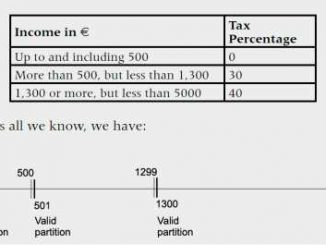Software Testing Articles: Load Testing, Unit Testing, Functional Testing, Performance Testing, Agile Testing, DevOps
The possibilities to write parametrized tests have changed and improved a lot with the release of JUnit 5, the open source unit testing tool for Java. In his blog post “Using JUnit 5 Parameterized Tests, Argument Sources and Converters”, Micha Kops provides an overview covers all new types of parameter sources for JUnit 5 tests as well as the new conversion API for test arguments.
The main result of software testing activities is finding bugs that are also called defects or incidents. Besides correcting them, what could you do with the information that they provide? In this extract from her book “Guide to Advanced Software Testing”, Anne Mette Hass discusses how you can define and use metrics from your bug tracking activities to better understand your software testing efforts and software development process.
In the days of DevOps supported by approaches like continuous deployment, the concepts of continuous testing and test automation are essential to support the speed needed for delivering quickly solutions (and hopefully value) to the users. Some of the big questions in the software testing community are “How much should we automate our tests?” and “What tests should we run?”. The technique of Test Impact Analysis helps to answer to this question.
Functional testing is an important checkpoint before releasing a mobile application. In this article, Dmitriy Radchenko shares a checklist of some of the basic points that will be common among mobile applications when you need to perform functional testing.
Equivalence partitioning is a software testing technique that can be used during test design to divide the test data into sets of equivalent data called partitions from which you can build your test cases. In this extract from her book “Guide to Advanced Software Testing”, Anne Mette Hass provides an introduction to the concept of equivalence partitioning.
With the multiplication of versions, platforms (desktop, mobile, tablets) and operating systems, testing an application that is supposed to run in a browser is not easy. In this article, Alexander Rayskiy proposes an approach to select the set of browsers that will be used during the software testing activities.
Even if C++ is less “trendy” that current web development languages like JavaScript, it is still a fundamental technology for many embedded software development projects. In his article, Diego Dagum provides some basic principles of testing in C++.






